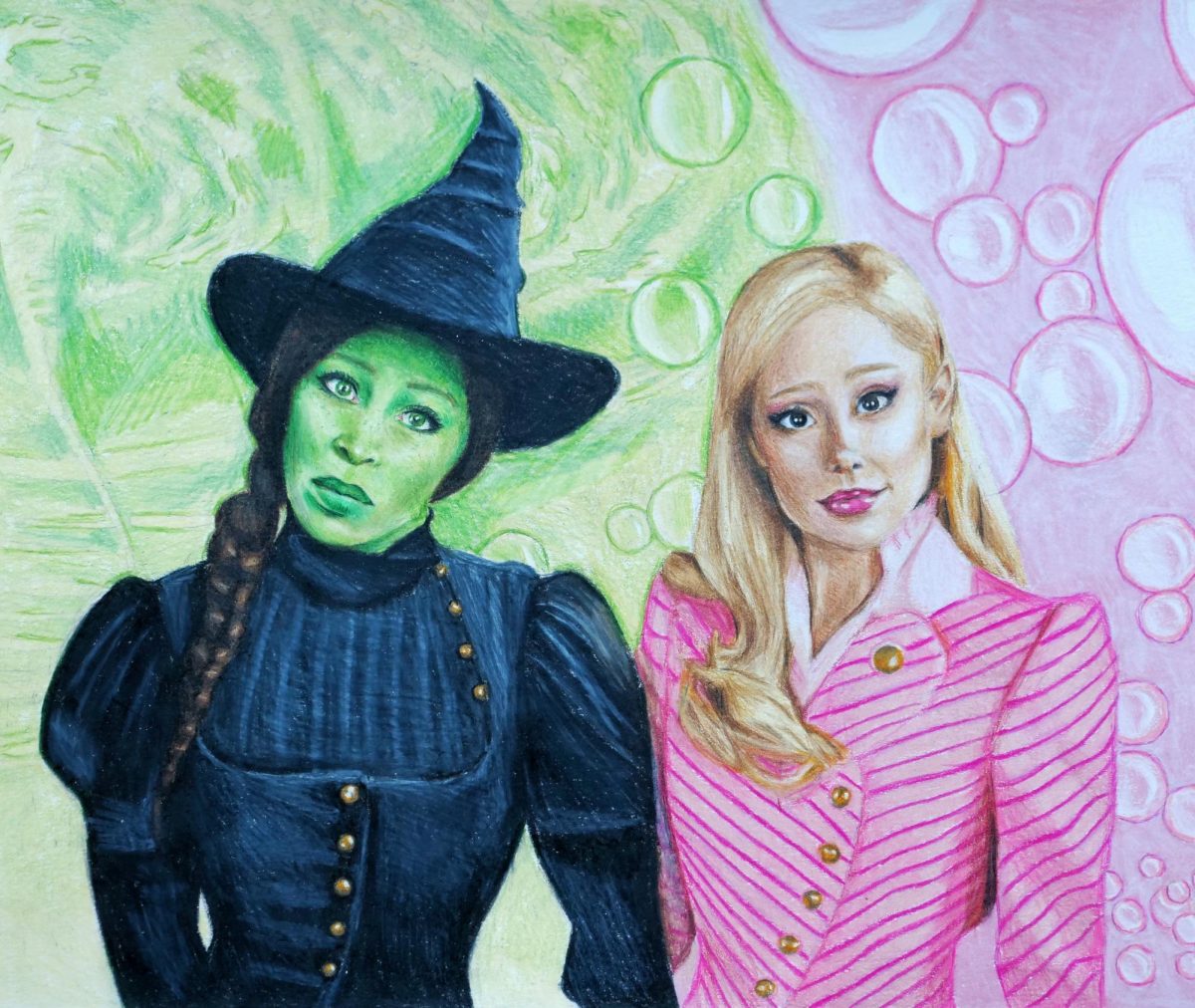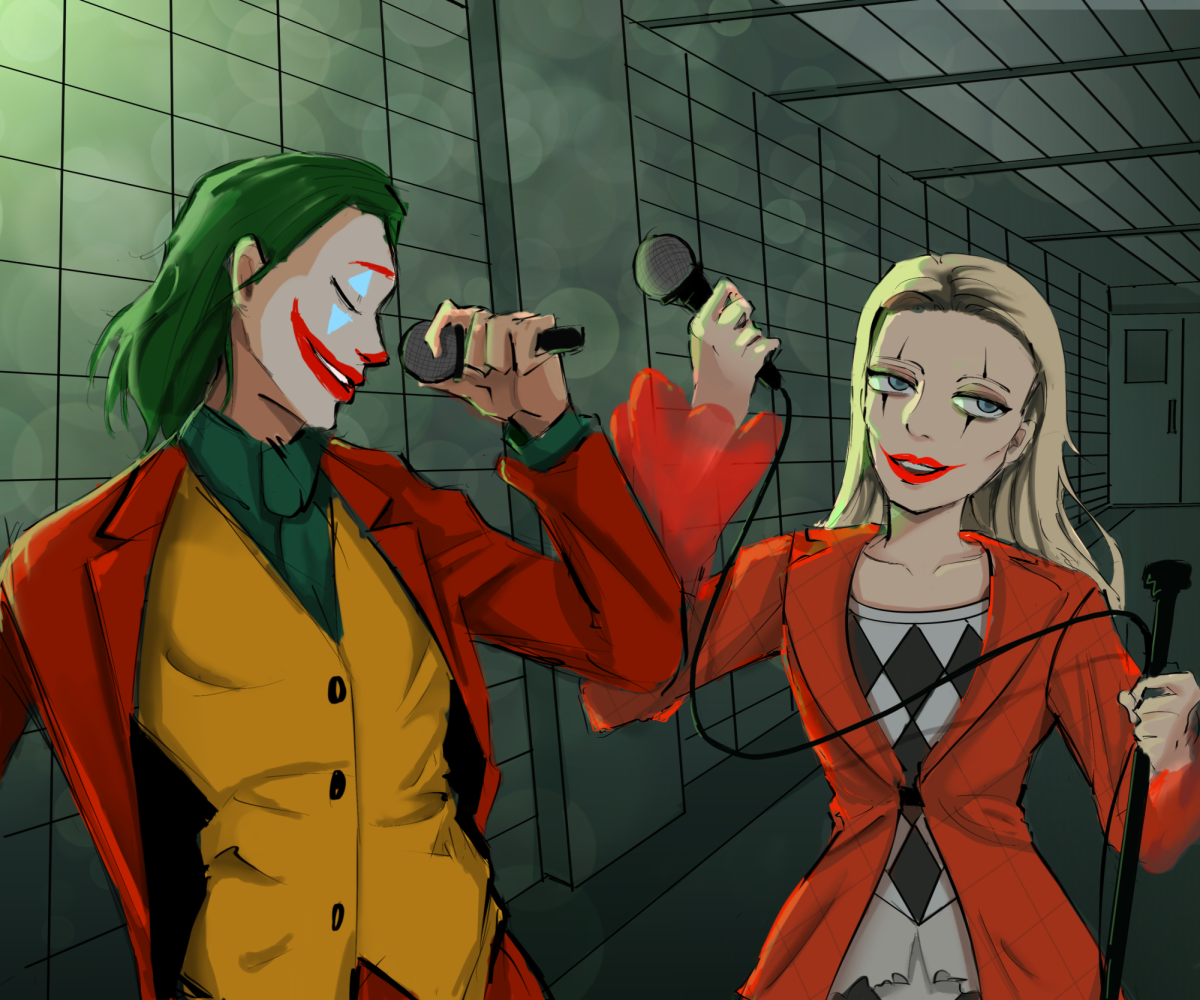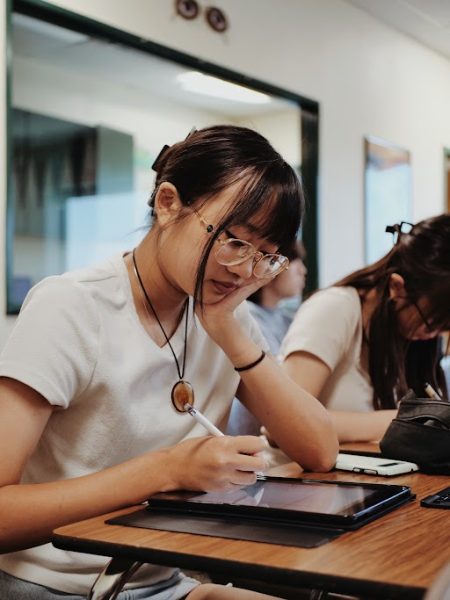One of the most meaningful things a film can do is make people feel seen in their struggles. Most adolescents, for example, are familiar with feelings of inadequacy, anxiety, and the desire to belong, which is why Inside Out 2, which dropped on Sept. 25 on Disney+, should be mandatory viewing for all teenagers.
The first Inside Out movie, released by Pixar in 2015, was so remarkable because it explored — through the creative, delicate, and realistic writing by screenwriters Pete Doctor, Meg LeFauve, and Josh Colley — the psychological development of an adolescent.
By personifying (with whimsically animated avatars) the emotions of joy, sadness, fear, disgust, and anger, Inside Out vividly (and entertainingly) depicts the internal challenges that an 11-year old, Riley Anderson (voiced by Kaitlyn Dias), faces while moving from Minnesota to San Francisco, a move that leaves her friends, and memories of her childhood, behind.
Therapists and psychologists praised Inside Out because of the film’s mature and relatable message: emotions can, and should, coexist. Joy, for example, cannot exist without sadness, and life experiences can be tinged with many different emotions at the same time.
This first film’s success — it won the Best Animated Feature Oscar at the 88th Academy Awards — led to a sequel, Inside Out 2, which became an even bigger hit than the first: After its June 14 release, it became the highest-grossing animated movie of all time, earning $1.46 billion worldwide.
The film’s popularity is not surprising given its honest and accurate depiction of navigating adolescence, something all of us can relate to.
With Riley (this time voiced by Kensington Tallman) growing into adolescence — she’s 13 and entering high school — the sequel focuses on how her maturity opens her to more complex emotions like embarrassment, envy, ennui, and, the focus of the film, anxiety. (Once again personified as humanoid avatars.)
As the protagonist vies for a spot on her high school’s elite hockey team, the film explores how Anxiety’s rejection of Riley’s flaws makes Riley resent the mistakes she makes. Self-loathing over mistakes made in academics, sports, and friendships is a familiar emotion to teenagers, and Inside Out 2 masterfully portrays this struggle by not overusing therapy-speak to explain how Anxiety leads to Riley’s reckless decisions (like sneaking into the hockey coach’s office or ditching her friends for the senior hockey players), and instead shows how Anxiety’s neurotic behavior in the mind-space leads to real-life consequences.
Inside Out 2 does not shy away from the alarming statistic that one in three 13- to 18-year olds experience anxiety. Instead, the film leans into it. Anxiety doesn’t just exist in Riley’s brain, it controls Riley at times, and despite aiming to do the best thing for Riley, it ends up harming her instead, aligning with the reality of a teenager who’s still processing social and emotional development.
The juxtaposition of the two realms — Riley’s mind and the real world — conveys complicated ideas on identity and the profoundness of an adolescent growing into multiple facets of their personality (even the bad ones) without using too much exposition or over-simplification.
In the climax of the film, Anxiety shifts Riley’s sense of self from the belief that she is a good person, to the gut-wrenching reality that millions of adolescents are familiar with: “I’m not good enough.”
Most teens grapple with that belief daily. That moment — the reveal of Riley’s sense of self being centered around negativity — puts everything into perspective. This is more than a movie about Riley — this is a movie about all teenagers and their struggles with self-worth and their challenges with developing a sense of self during maturation.
The feeling of inadequacy fueled by anxiety is something teens encounter countless times in themselves, with their friends, and with classmates. Thus, we can all relate to Riley when she says, “I’m not good enough.”
As the film focuses on having the “original” emotions embrace Anxiety’s place in Riley’s emotional system, it closes with the message that one’s personality cannot be centered around a single aspect of oneself; instead, our sense of self is multifaceted, and that’s something to embrace.
Especially for adolescents, it’s hard to accept that the bad parts of our personalities are just as worthy of affection as our good ones. The message in Inside Out 2 is so important because teenagers need to recognize that being multifaceted isn’t something to admonish, it’s something to celebrate — we would never be who we are without all parts of us.
Inside Out 2 is available to stream on Disney+.












